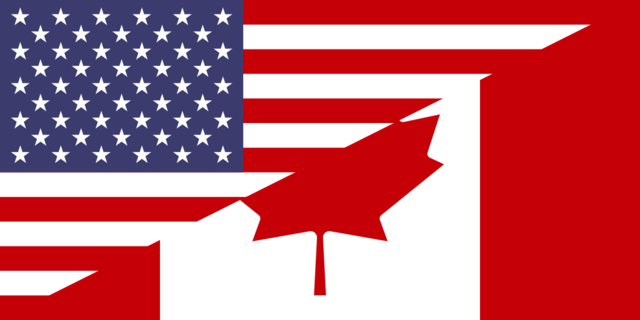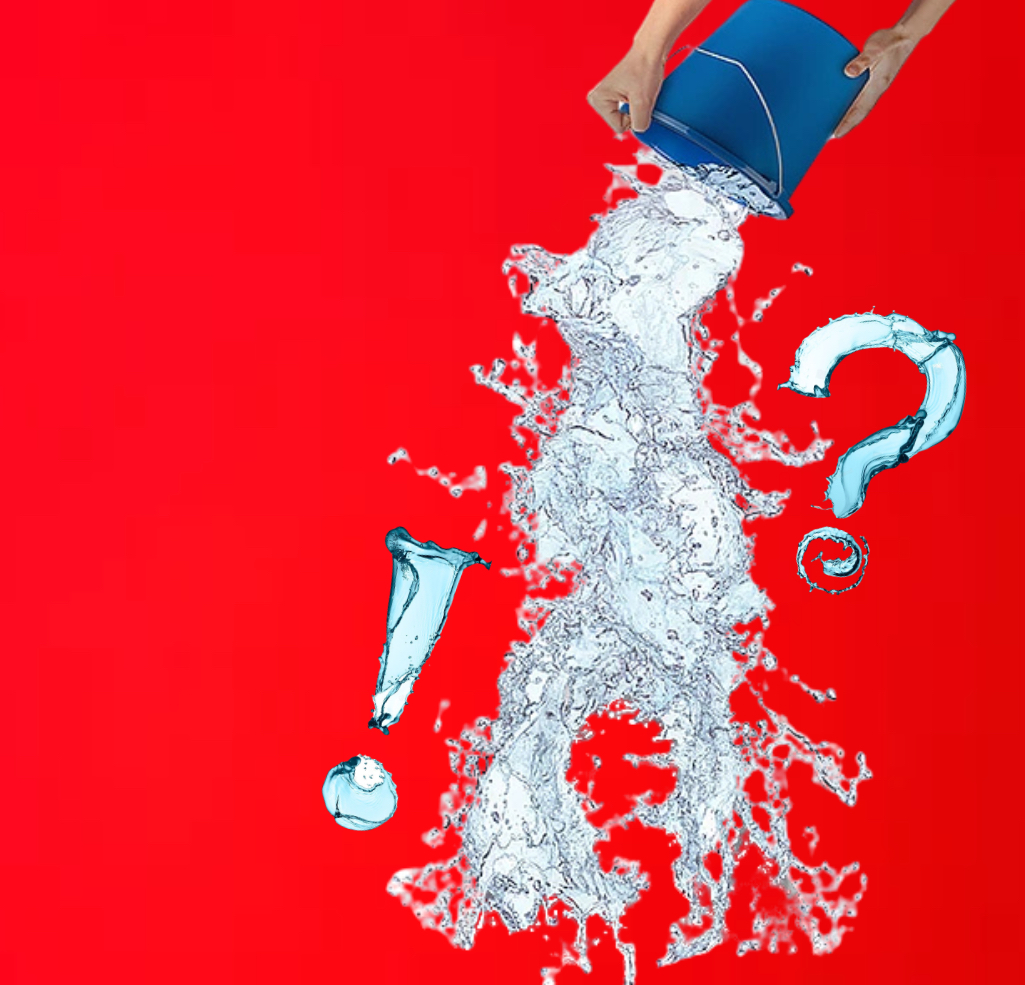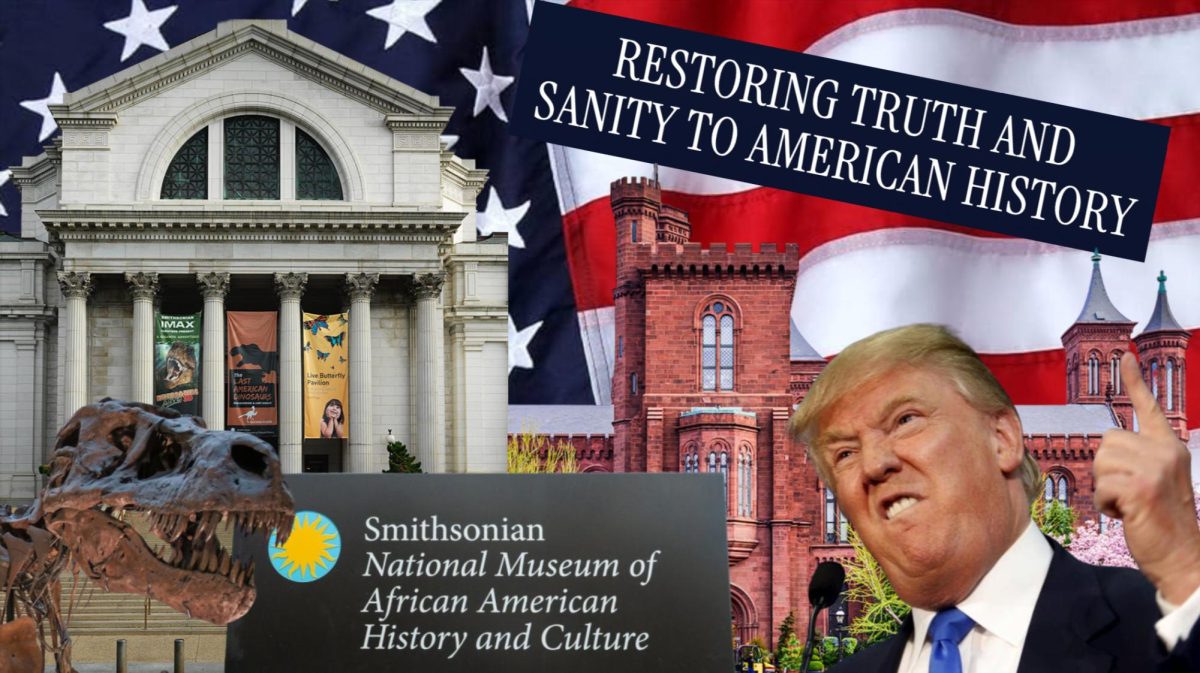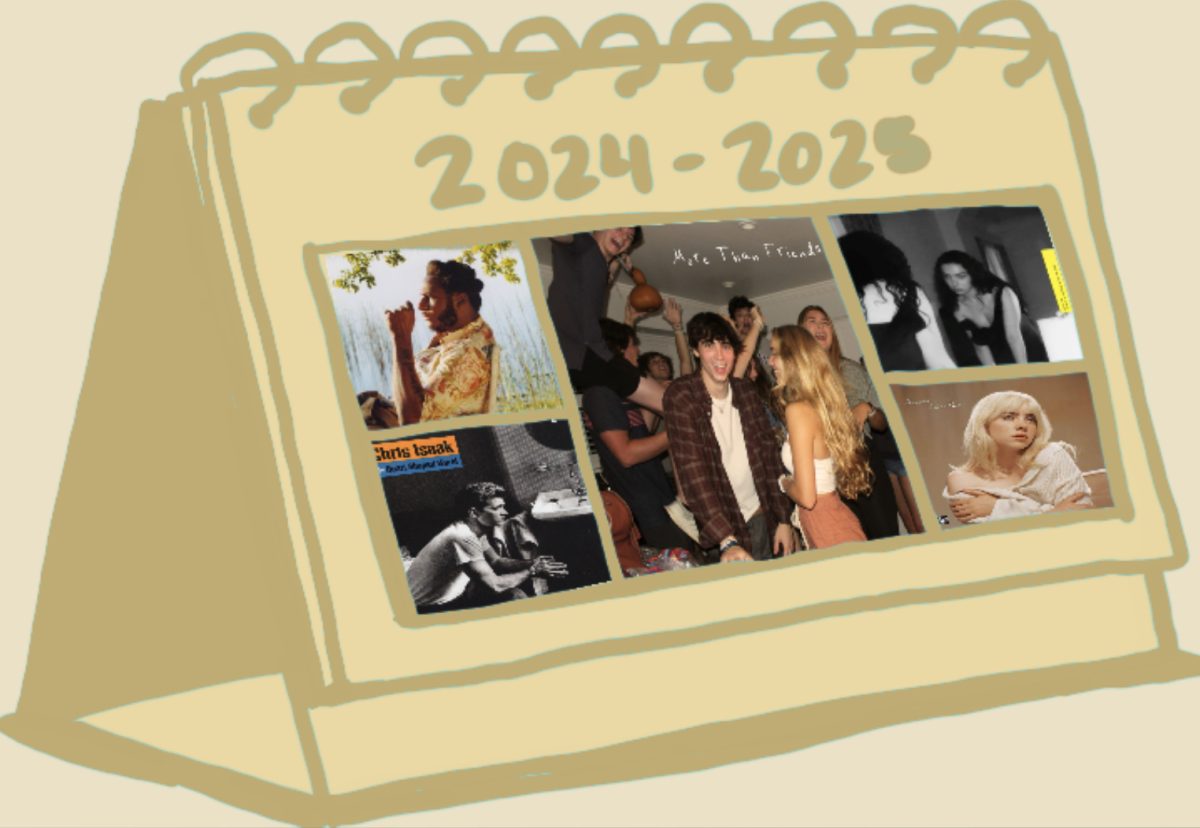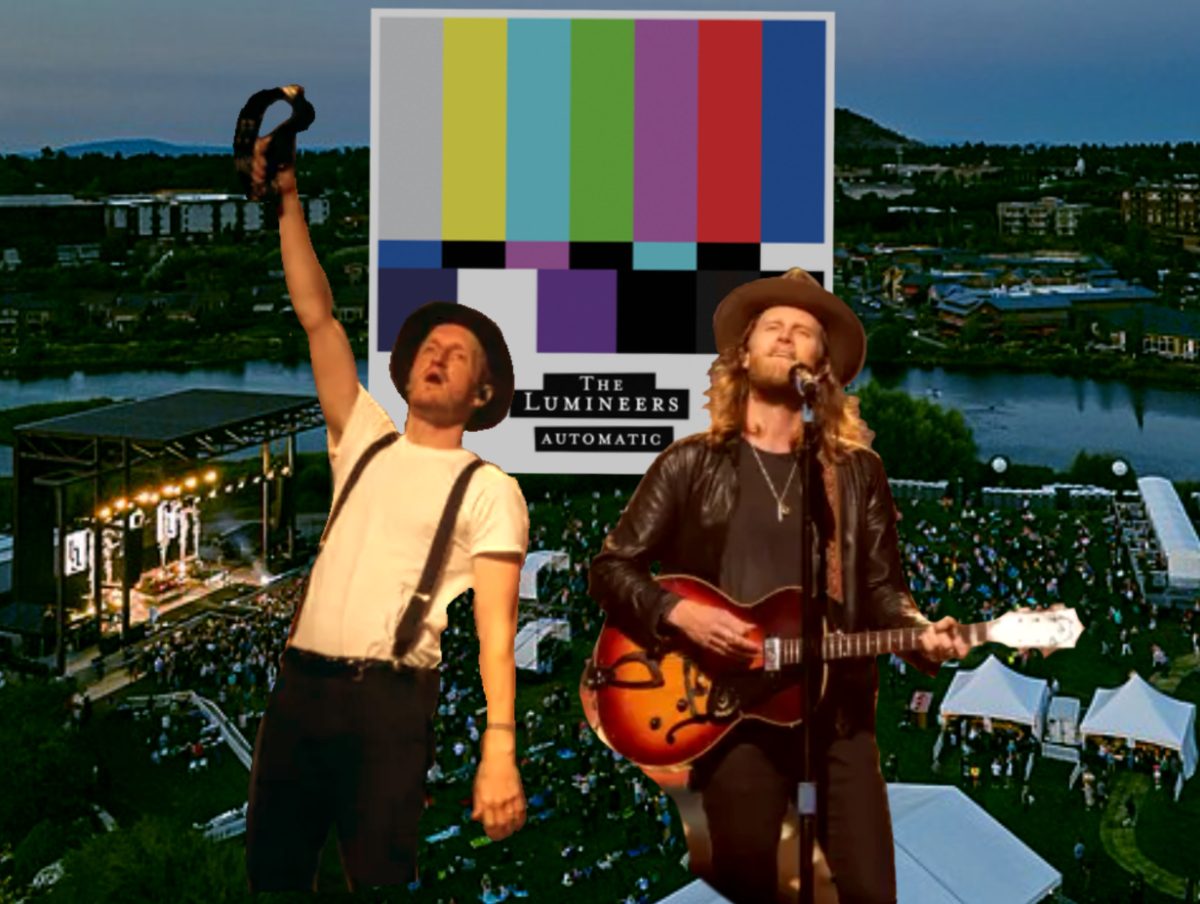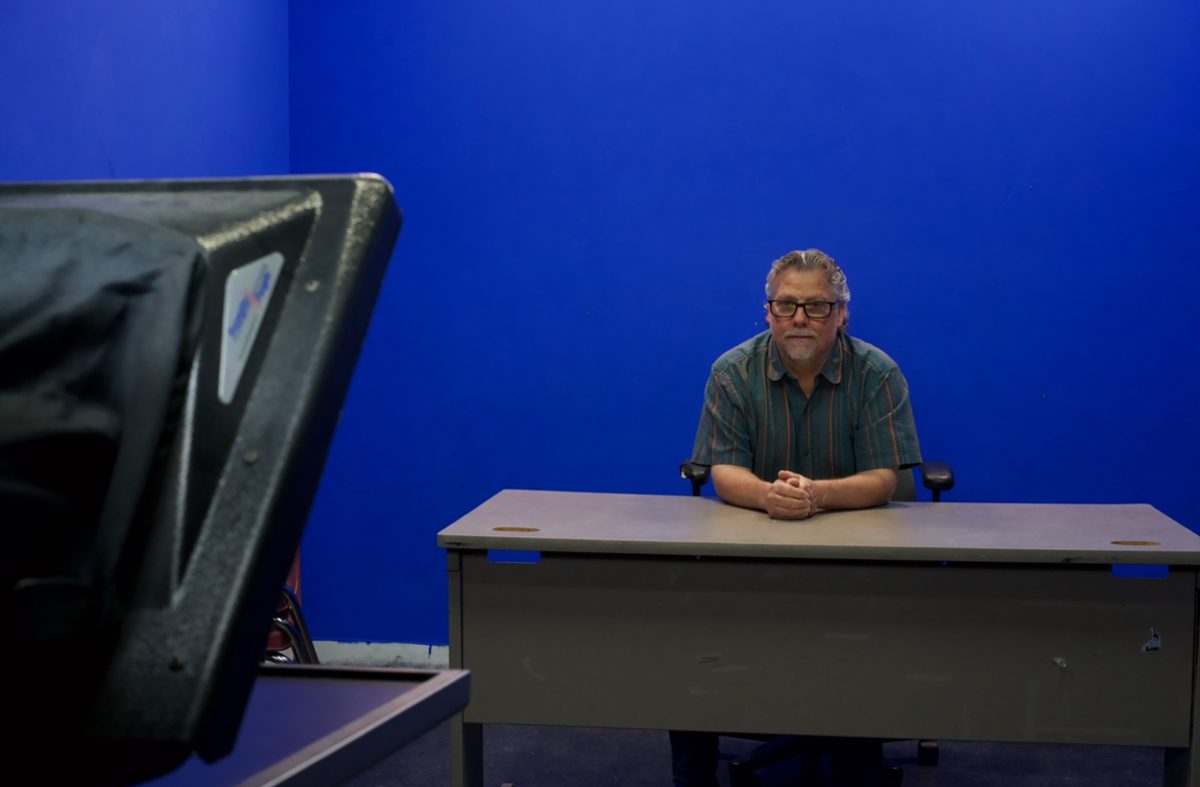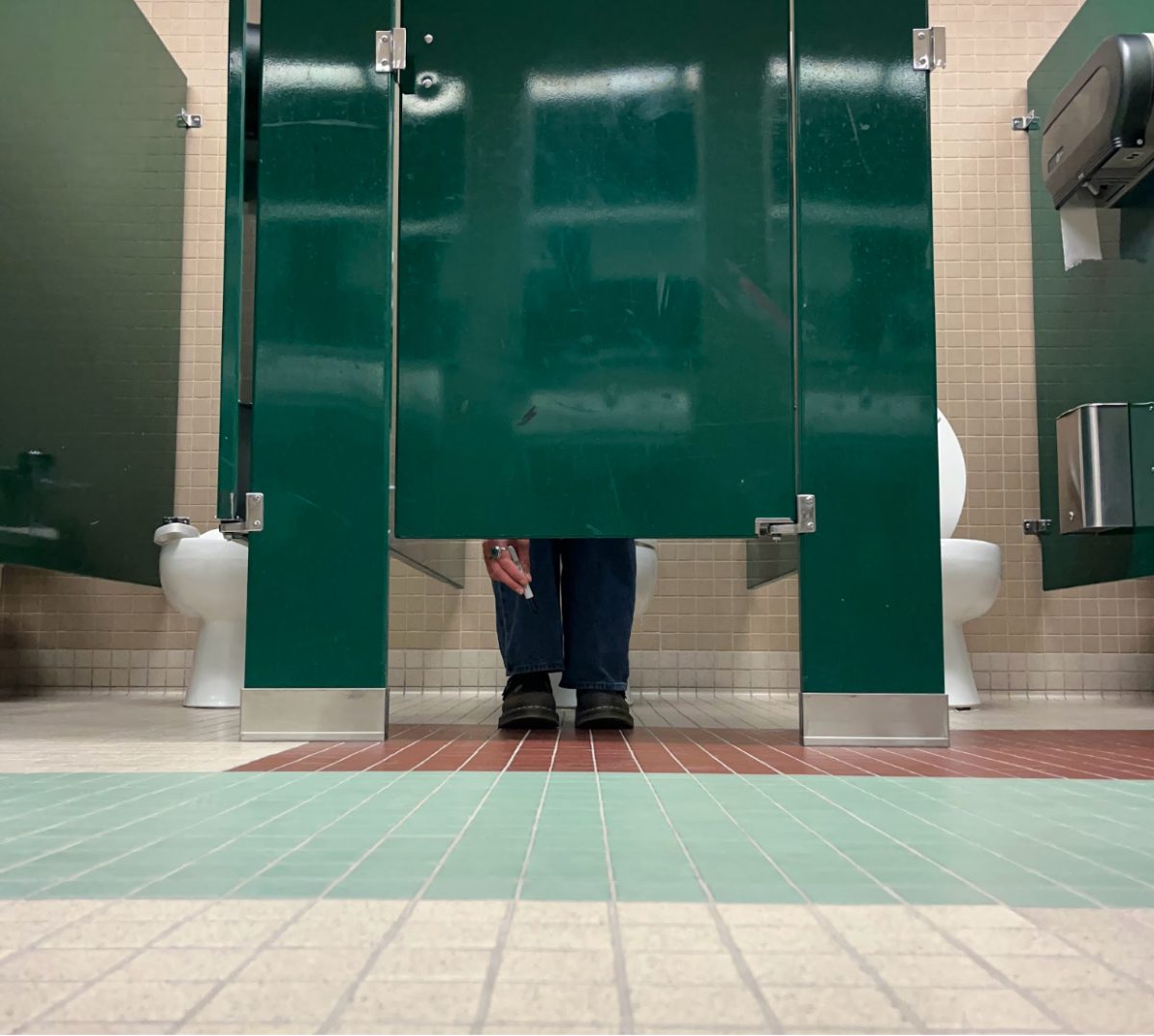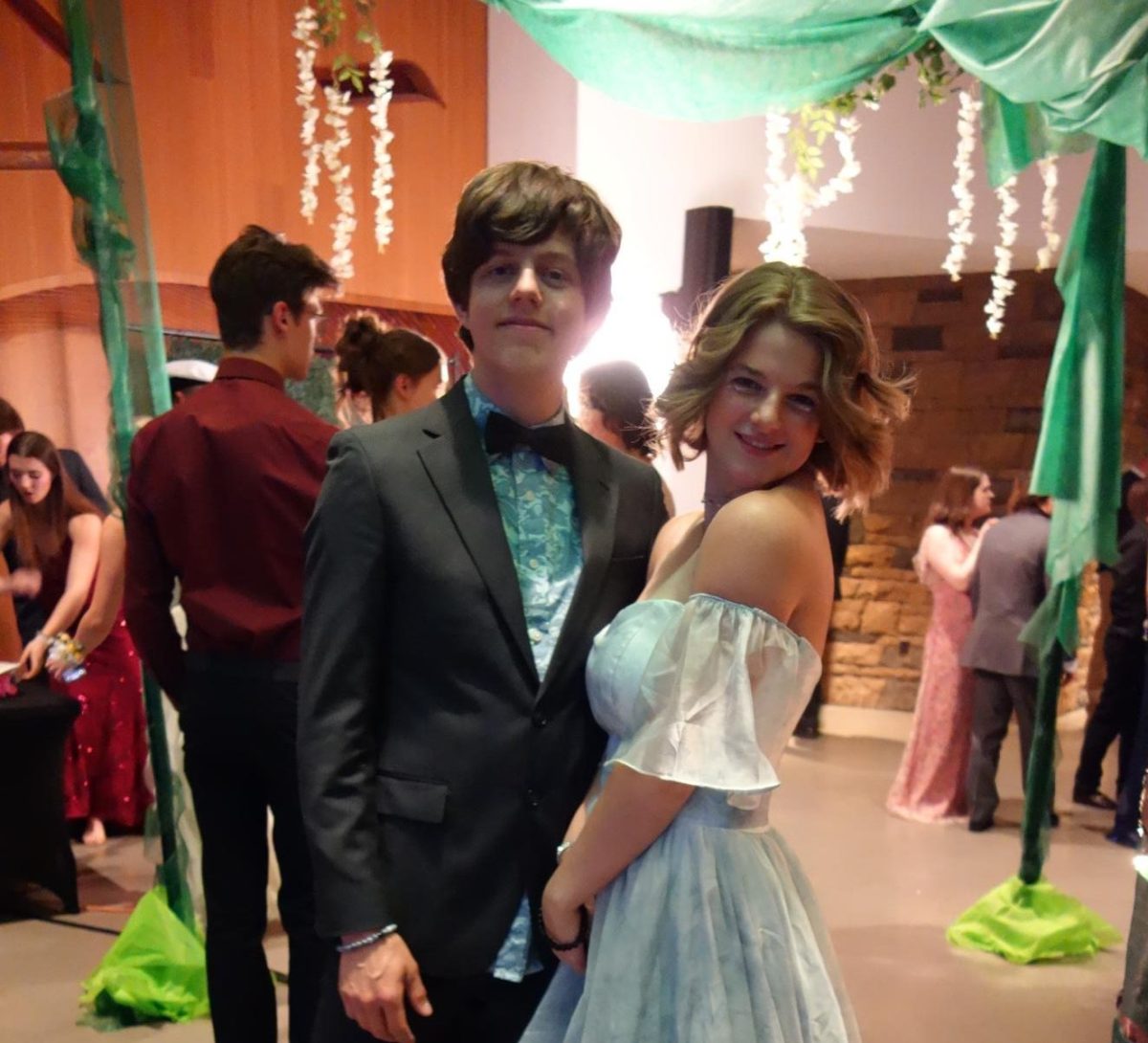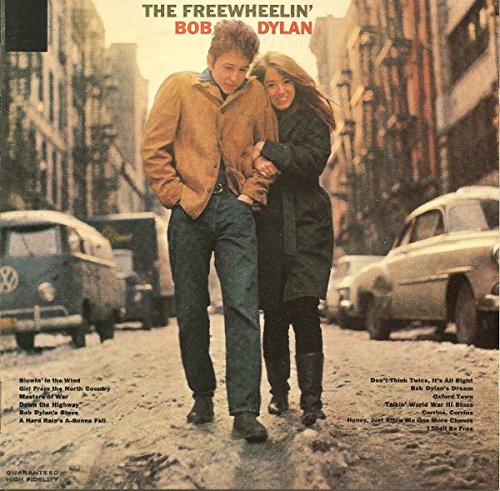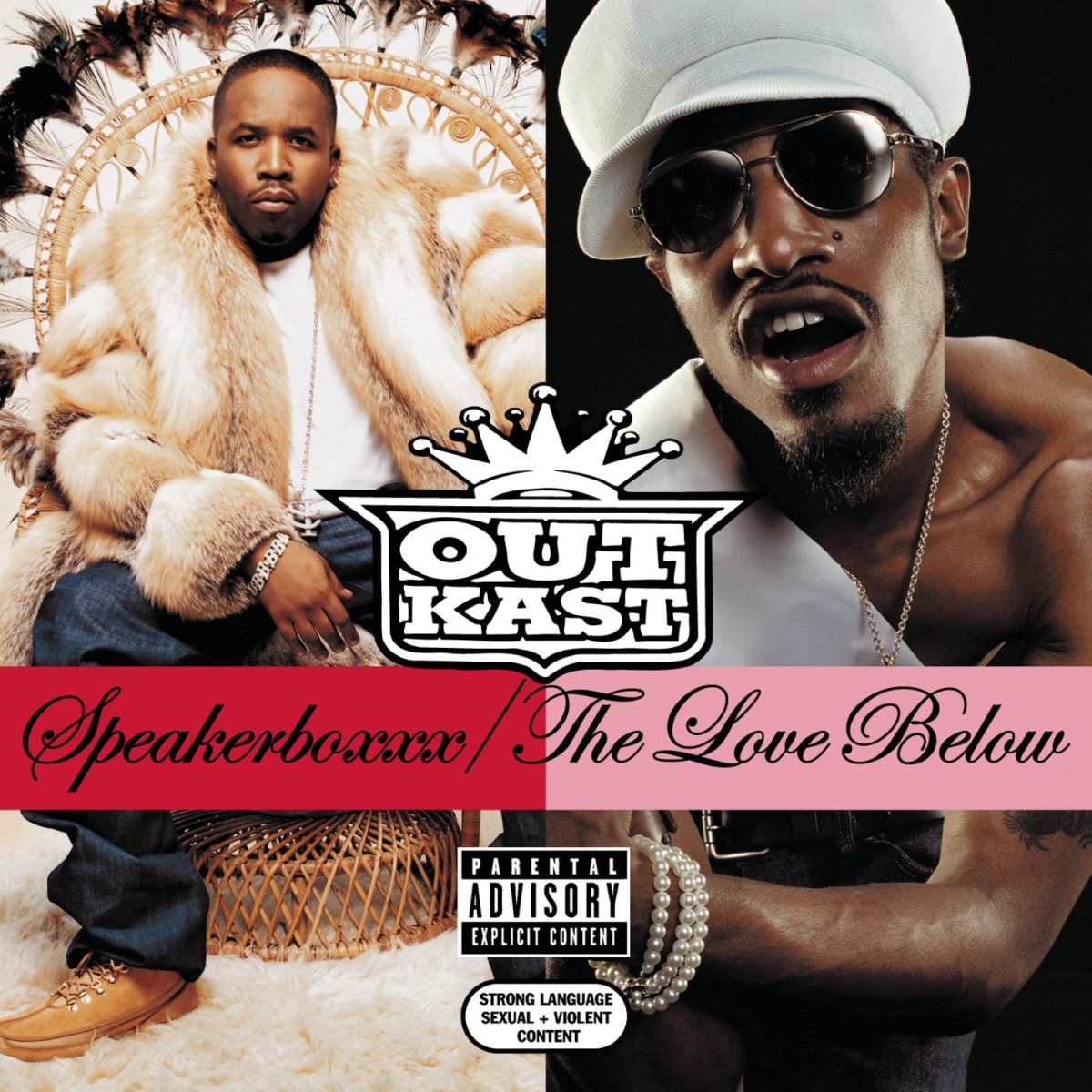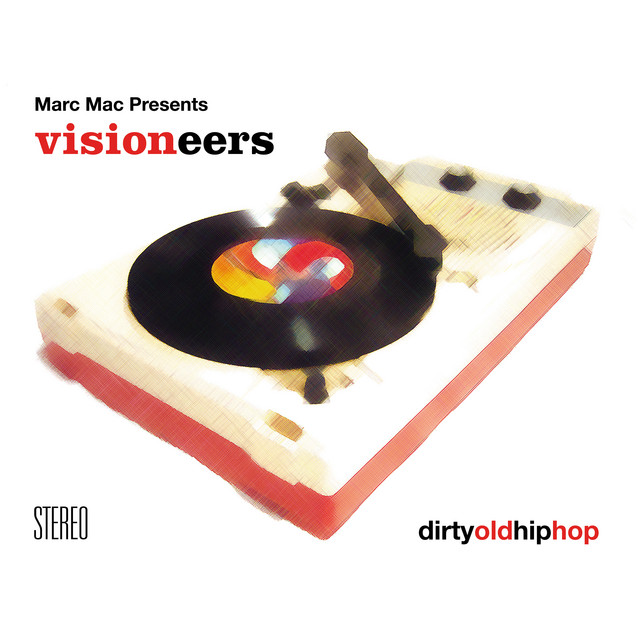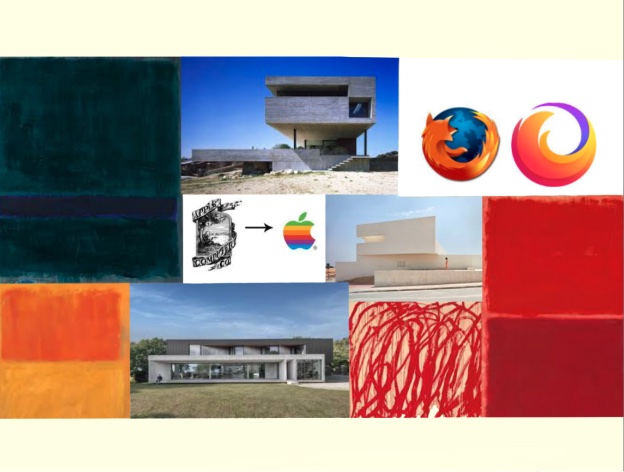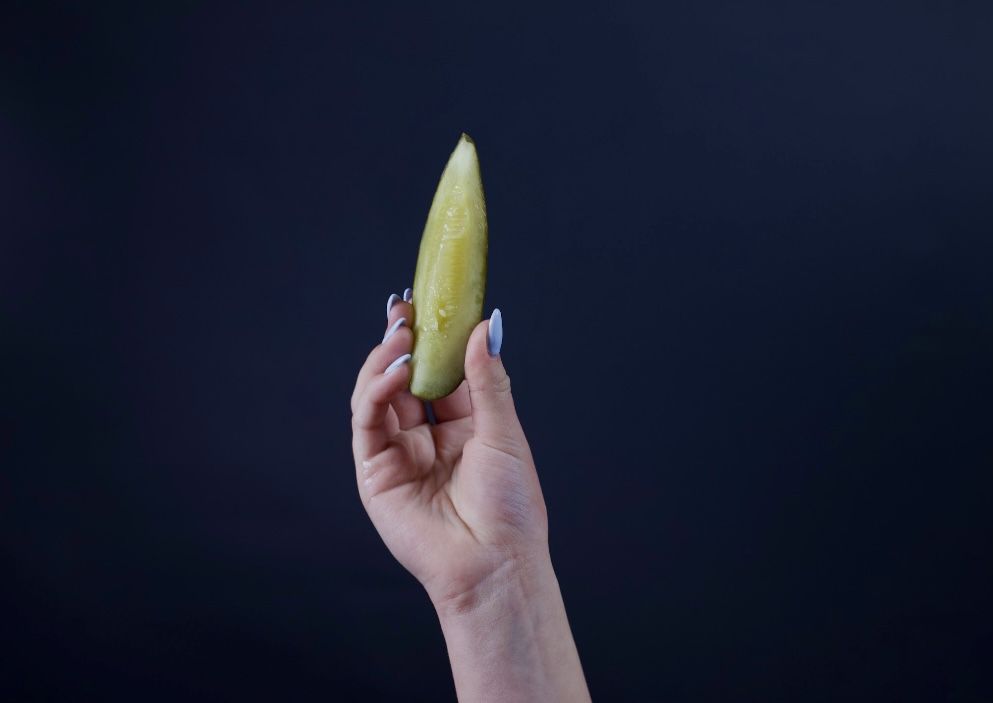It’s confusing.
Intricate ideas have turned into bland results, canvases with a couple splashes of color worth millions, architecture that never seems to catch the eye, brands that redesigned logos to fit the trendy minimalist style. Victorian castles and fun, complex brand designs seem to be of the past.
Many brands simplify their designs to bring more attention to the color, so people can quickly distinguish their company from others. Architecture fits a blander state because of the changing trends, while also making it appealing to those who want a clean looking slate. The overall look of modern art, architecture, and logos may feel more professional, yet it still leaves out any creativity.
Modern or minimalist art is still its own genre of art, but some artists feel conflicted over the big question; is it art? Ani Endries, a Summit sophomore who enjoys the arts, feels as though it’s a unique style.
“I think to an extent it’s like any other art form, but also I don’t feel like a stroke of paint should be considered art, I feel like it should just be considered a stroke of paint,” said Endries.
However, many feel like art worth millions would be moderately easy to recreate. While art is subjective, and these simple pieces have personal and found meanings, the message is often lost by a plain appearance.
Summit sophomore Campbell Thomas felt that minimalist art is rather lazy.
“I sometimes think that people will put something under the title of modern or minimal art to put in less effort,” Thomas said.
The same is said for architecture. Buildings and houses seem to have gone from complex to bare, colors have started fading and historical structure styles have changed. Architecture changes over time to fit the needs and habits of the people, but material and technological revelations are also part of it.
Traditional architecture has an intriguing history, while modernism takes away uniqueness and creative innovation. More modern looking buildings started popping up after World War l, while big advancements were being made. The Los Angeles Times explained in an article that modernism took shape well before World War l, but it was vastly accelerated by the greatest collective trauma in history to that point.
“Architecture as a whole has gone from extravagant to less so, which isn’t necessarily a bad thing, in everyday life it’s more practical, but in artistic projects I really don’t think modern architecture is practical or nice looking,” stated Thomas.
Following suit with building construction and modern art, logos have become increasingly minimalistic. Logo simplification happens because brands want to be more recognizable and formal and many brands have done that so others tend to follow the trend.
A memorable design is important for branding, but this often leaves creativity thrown out the window. Printing materials are also in the mix of why brands have cut back on complex designs. The Firefox logo has gone from a flame-covered fox wrapping around a blue earth to just the colors of the original, getting rid of the fox and earth all together. Another example is the Apple logo, which is known by the little gray or black apple with a bite taken out, but the original shows a drawing of Isaac Newton under a tree just before the apple falls.
People are often accepting or tolerating the new art as time goes by, as what’s trending is all dependent on the new trends that are set and what is found appealing to the eye.
“It used to be strange to see something different from just painted and sketched pots of flowers or fruit, but now it seems that everywhere you look there’s a new style,” said Endries.
Creative innovation is now often put down as opposed to practicality, but this leaves people with something uninteresting and often boring to look at. Trends and times change so in effect so will art, but an interesting design will catch the eye of people. Gothic architecture doesn’t have to be historical and the small simplifications of brand logos won’t make big changes to someone’s views of the company. Unlike minimalist design, an interesting art piece will make people stop and think.









